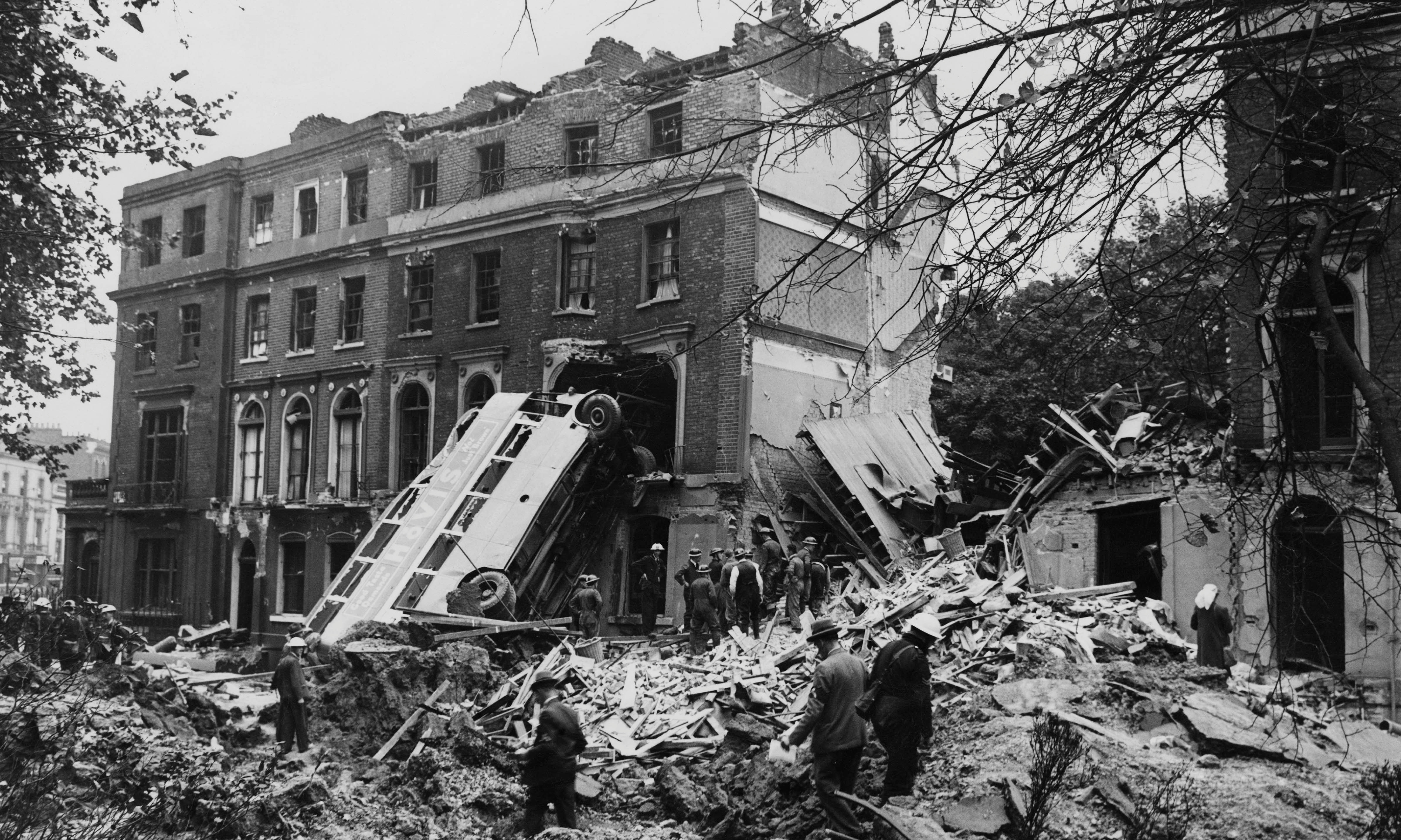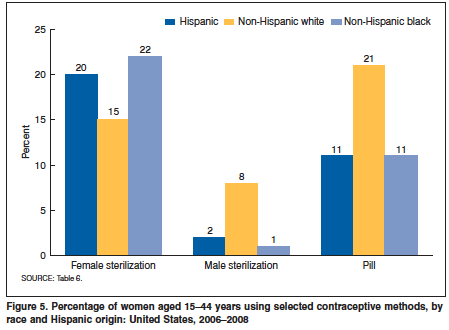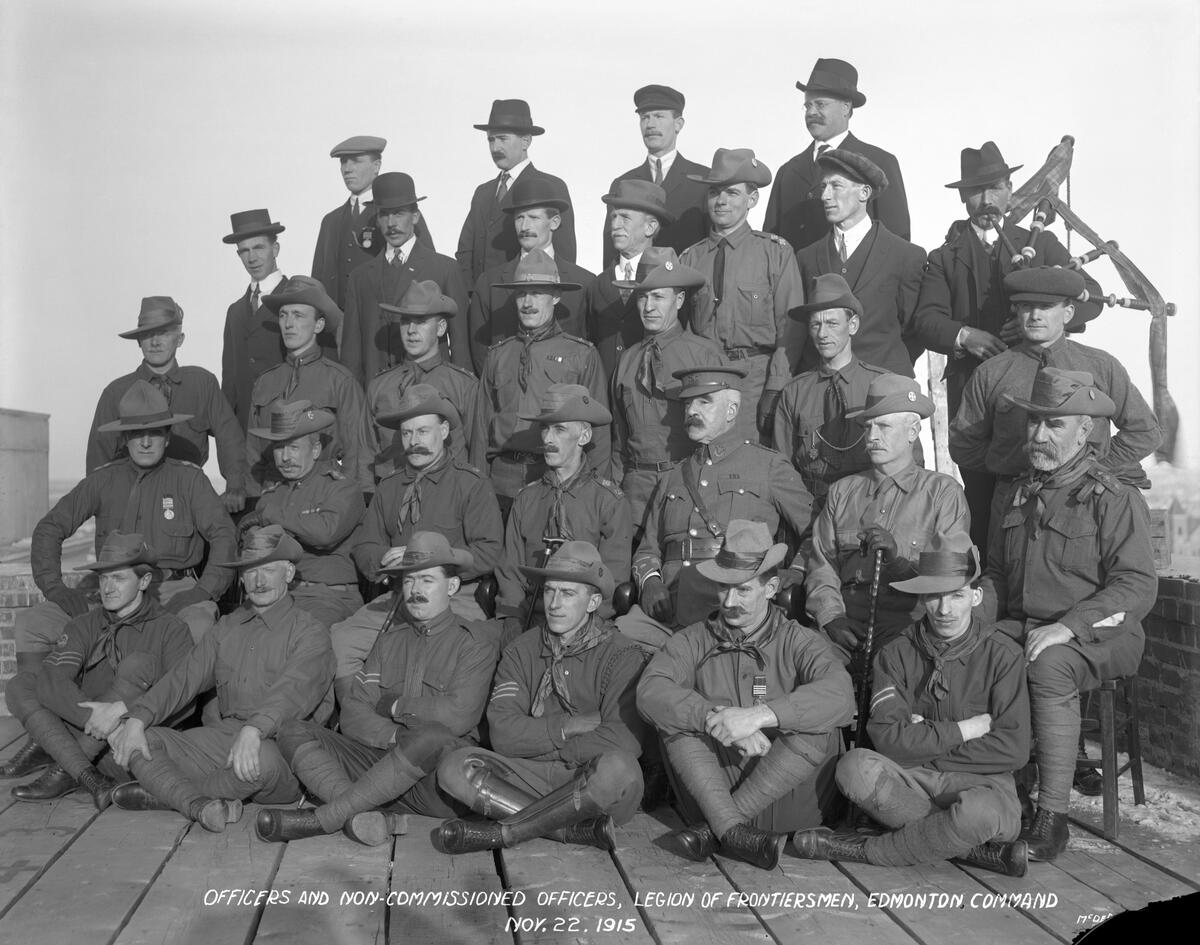|
Hermann Brauneck
Hermann Max-Gustav Brauneck (19 December 1894 – 27 July 1942) was a German naval officer, physician and member of the paramilitary ''Sturmabteilung'' who rose to the rank of SA-''Obergruppenführer''. He held several high-level medical staff positions in the Supreme SA Leadership (OSAF) and in the Nazi Party. He was involved in administering the Nazi racial policies and served as a judge on the Hereditary Health Court, deciding whether people considered to have genetic disorders should be forcibly sterilized. Serving as a military doctor in the ''Kriegsmarine'' during the Second World War, he was killed in a Russian airstrike on the eastern front. Early life and education Brauneck was born the son of a physician in Sulzbach, then located in Prussia's Rhine Province. He attended ''Volksschule'' and a ''Realgymnasium'', obtaining his ''Abitur'' in 1913. He entered the Imperial German Navy in April 1913 as a sea cadet and underwent training at the Mürwik Naval School. He was ... [...More Info...] [...Related Items...] OR: [Wikipedia] [Google] [Baidu] |
Emil Ketterer
Emil Ketterer (6 August 1883 – 23 December 1959) was a German physician and track and field athlete who competed in the 1912 Summer Olympics. Later in his life, he joined the Nazi Party and its paramilitary organization, the ''Sturmabteilung'' (SA). He was the chief of the SA Medical Office in the Supreme SA Leadership from 1933 to 1937 and rose to the rank of SA-''Obergruppenführer''. As a medical doctor, he was a strong advocate of the euthanasia of disabled persons carried out under the Nazi regime. He was the father-in-law of Hanns-Martin Schleyer, an SS officer and West German business executive who was murdered by the Red Army Faction in 1977. Early life, education and military service Born in Neustadt, Ketterer attended the prestigious in Donaueschingen, obtaining his ''Abitur'' in 1905. He then studied medicine at the Ludwig Maximilian University of Munich, where he specialized in internal medicine and sports medicine. He was also a member of the student associat ... [...More Info...] [...Related Items...] OR: [Wikipedia] [Google] [Baidu] |
Leutnant Zur See
is a military rank, used in a number of navies. Belgium Germany (''Lt zS'' or ''LZS'') is the lowest officer rank in the German Navy, grouped as OF1 in NATO. The rank was introduced in the German Imperial Navy by renaming the former rank of ''Sekonde Lieutenant'' in 1890. In navy context officers of this rank were simply addressed as ''Herr Leutnant''. To distinguish naval officers from officers of the army, the suffix ''zur See'' (at sea) was added in official communication, sometimes shortened to ''z.S.'' or ''Lt.z.S.'' The rank has since been used by the Reichsmarine, the Kriegsmarine and the German Navy. In the Volksmarine the rank was originally used in the same way until the suffix ''zur See'' was dropped. Netherlands See also * Lieutenant (navy) LieutenantThe pronunciation of ''lieutenant'' is generally split between , , generally in the United Kingdom, Ireland, and Commonwealth countries, and , , generally associated with the United States. See l ... [...More Info...] [...Related Items...] OR: [Wikipedia] [Google] [Baidu] |
Eastern Front (World War II)
The Eastern Front, also known as the Great Patriotic War (term), Great Patriotic War in the Soviet Union and its successor states, and the German–Soviet War in modern Germany and Ukraine, was a Theater (warfare), theatre of World War II fought between the European Axis powers and Allies of World War II, Allies, including the Soviet Union (USSR) and Polish Armed Forces in the East, Poland. It encompassed Central Europe, Eastern Europe, Northern Europe, Northeast Europe (Baltic states, Baltics), and Southeast Europe (Balkans), and lasted from 22 June 1941 to 9 May 1945. Of the estimated World War II casualties, 70–85 million deaths attributed to World War II, around 30 million occurred on the Eastern Front, including 9 million children. The Eastern Front was decisive in determining the outcome in the European theatre of World War II, European theatre of operations in World War II, eventually serving as the main reason for the defeat of Nazi Germany and the Axis ... [...More Info...] [...Related Items...] OR: [Wikipedia] [Google] [Baidu] |
Airstrike
An airstrike, air strike, or air raid is an offensive operation carried out by aircraft. Air strikes are delivered from aircraft such as blimps, balloons, fighter aircraft, attack aircraft, bombers, attack helicopters, and drones. The official definition includes all sorts of targets, including enemy air targets, but in popular usage the term is usually narrowed to a tactical (small-scale) attack on a ground or naval objective as opposed to a larger, more general attack such as carpet bombing. Weapons used in an airstrike can range from direct-fire aircraft-mounted cannons and machine guns, rockets and air-to-surface missiles, to various types of aerial bombs, glide bombs, cruise missiles, ballistic missiles, and even directed-energy weapons such as laser weapons. In close air support, air strikes are usually controlled by trained observers on the ground for coordination with ground troops and intelligence in a manner derived from artillery tactics. History Beginnings Th ... [...More Info...] [...Related Items...] OR: [Wikipedia] [Google] [Baidu] |
Second World War
World War II or the Second World War (1 September 1939 – 2 September 1945) was a World war, global conflict between two coalitions: the Allies of World War II, Allies and the Axis powers. World War II by country, Nearly all of the world's countries participated, with many nations mobilising all resources in pursuit of total war. Tanks in World War II, Tanks and Air warfare of World War II, aircraft played major roles, enabling the strategic bombing of cities and delivery of the Atomic bombings of Hiroshima and Nagasaki, first and only nuclear weapons ever used in war. World War II is the List of wars by death toll, deadliest conflict in history, causing World War II casualties, the death of 70 to 85 million people, more than half of whom were civilians. Millions died in genocides, including the Holocaust, and by massacres, starvation, and disease. After the Allied victory, Allied-occupied Germany, Germany, Allied-occupied Austria, Austria, Occupation of Japan, Japan, a ... [...More Info...] [...Related Items...] OR: [Wikipedia] [Google] [Baidu] |
Sterilization (medicine)
Sterilization (American and British English spelling differences, also spelled sterilisation) is any of several medical methods of permanent birth control that intentionally leaves a person unable to Human reproduction, reproduce. Sterilization methods include both surgical and non-surgical options for both males and females. Sterilization procedures are intended to be permanent; reversal is generally difficult. There are multiple ways of having sterilization done, but the two that are used most frequently are tubal ligation for women and vasectomy for men. There are many different ways tubal sterilization can be accomplished. It is extremely effective, and in the United States, surgical complications are low. With that being said, tubal sterilization is still a method that involves surgery, so there is still a danger. Women who choose tubal sterilization may have a higher risk of serious side effects, more than a man has with vasectomies. Pregnancy, Pregnancies after tubal steri ... [...More Info...] [...Related Items...] OR: [Wikipedia] [Google] [Baidu] |
Racial Policy Of Nazi Germany
The racial policy of Nazi Germany was a set of policies and laws implemented in Nazi Germany under the dictatorship of Adolf Hitler, based on pseudoscientific and racist doctrines asserting the superiority of the putative "Aryan race", which claimed scientific legitimacy. This was combined with a eugenics program that aimed for " racial hygiene" by compulsory sterilization and extermination of those who they saw as '' Untermenschen'' ("sub-humans"), which culminated in the Holocaust. Nazi policies labeled centuries-long residents in German territory who were not ethnic Germans such as Jews (which in Nazi racial theory were emphasized as a Semitic people of Levantine origins), Romani (an Indo-Aryan people originating from the Indian subcontinent), along with the vast majority of Slavs (mainly ethnic Poles, Serbs, Ukrainians, Russians, Belarusians, etc.), and most non-Europeans as inferior non-Aryan subhumans (under the Nazi appropriation of the term " Aryan") in a racial hi ... [...More Info...] [...Related Items...] OR: [Wikipedia] [Google] [Baidu] |
Obergruppenführer
(, ) was a paramilitary rank in Nazi Germany that was first created in 1932 as a rank of the ''Sturmabteilung'' (SA) and adopted by the ''Schutzstaffel'' (SS) one year later. Until April 1942, it was the highest commissioned SS rank after only . Translated as "senior group leader", the rank of was senior to '' Gruppenführer''. A similarly named rank of existed in the SA from 1929 to 1930 and as a title until 1933. In April 1942, the new rank of was created which was above and below . Creation and history The rank of was created in 1932 by Ernst Röhm and was intended as a seniormost rank of the Nazi stormtroopers for use by Röhm and his top SA generals. In its initial concept, the rank was intended to be held by members of the ''Oberste SA-Führung'' (Supreme SA Command) and also by veteran commanders of certain ''SA-Gruppen'' (SA groups). Some of the early promotions to the rank included Ernst Röhm, Viktor Lutze, Edmund Heines, August Schneidhuber, and Frit ... [...More Info...] [...Related Items...] OR: [Wikipedia] [Google] [Baidu] |
Sturmabteilung
The (; SA; or 'Storm Troopers') was the original paramilitary organisation under Adolf Hitler and the Nazi Party of Germany. It played a significant role in Adolf Hitler's rise to power, Hitler's rise to power in the 1920s and early 1930s. Its primary purposes were providing protection for Nazi rallies and assemblies, disrupting the meetings of opposing parties, fighting against the paramilitary units of the opposing parties, especially the ''Roter Frontkämpferbund'' of the Communist Party of Germany (KPD) and the ''Reichsbanner Schwarz-Rot-Gold'' of the Social Democratic Party of Germany (SPD), and intimidating Romani people, Romani, trade unionists, and especially Jews. The SA were colloquially called Brownshirts () because of the colour of their Uniforms and insignia of the Sturmabteilung, uniform's shirts, similar to Benito Mussolini's Blackshirts. The official uniform of the SA was a brown shirt with a brown tie. The color came about because a large shipment of Paul von ... [...More Info...] [...Related Items...] OR: [Wikipedia] [Google] [Baidu] |
Paramilitary
A paramilitary is a military that is not a part of a country's official or legitimate armed forces. The Oxford English Dictionary traces the use of the term "paramilitary" as far back as 1934. Overview Though a paramilitary is, by definition, not a military, it is usually equivalent to a light infantry or special forces in terms of strength, firepower, and organizational structure. Paramilitaries use combat-capable kit/equipment (such as Internal security vehicle, internal security/SWAT vehicles), or even actual military equipment (such as Long gun, long guns and Armoured personnel carrier, armored personnel carriers; usually military surplus resources), skills (such as battlefield medicine and bomb disposal), and tactics (such as urban warfare and close-quarters combat) that are compatible with their purpose, often combining them with skills from other relevant fields such as law enforcement, coast guard, or search and rescue. A paramilitary may fall under the command of a ... [...More Info...] [...Related Items...] OR: [Wikipedia] [Google] [Baidu] |
War Merit Cross
The War Merit Cross () was a state decoration of Nazi Germany during World War II. By the end of the conflict it was issued in four degrees and had an equivalent civil award. A " de-Nazified" version of the War Merit Cross was reissued in 1957 by the ''Bundeswehr'' for its veterans. History This award was created by Adolf Hitler in October 1939 as a successor to the non-combatant Iron Cross which was used in earlier wars (similar medal but with a different ribbon). The award would recognize bravery or service in the furtherance of the war effort that fell short of the award of the Iron Cross. The award was graded in the same manner as the Iron Cross: ''War Merit Cross Second Class'', ''War Merit Cross First Class'', and ''Knights Cross of the War Merit Cross''. The award was authorized for both military personnel and for civilians. The award had two variants: ''with swords'' and ''without swords''. Those with swords recognized bravery not directly connected to front-line activ ... [...More Info...] [...Related Items...] OR: [Wikipedia] [Google] [Baidu] |
Iron Cross
The Iron Cross (, , abbreviated EK) was a military decoration in the Kingdom of Prussia, the German Empire (1871–1918), and Nazi Germany (1933–1945). The design, a black cross pattée with a white or silver outline, was derived from the insignia of the medieval Teutonic Order and borne by its knights from the 13th century. As well as being a military medal, it has also been used as an emblem by the Prussian Army, the Imperial German Army, and the of the Weimar Republic, while the ''Balkenkreuz'' (bar cross) variant was used by the ''Wehrmacht''. The Iron Cross is now the emblem of the , the modern German armed forces. King Frederick William III of Prussia established the Iron Cross award on 17 March 1813 during the Napoleonic Wars (EK 1813). The award was backdated to the birthday (10 March) of his late wife, Louise of Mecklenburg-Strelitz, Queen Louise, who was the first person to receive it (posthumously). The Iron Cross was also awarded during the Franco-Prussian War ( ... [...More Info...] [...Related Items...] OR: [Wikipedia] [Google] [Baidu] |







